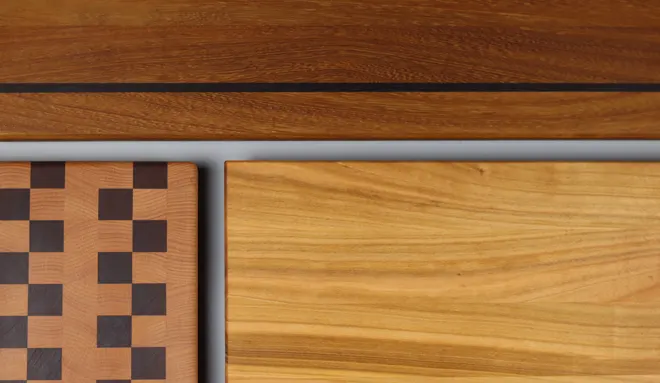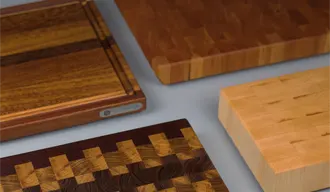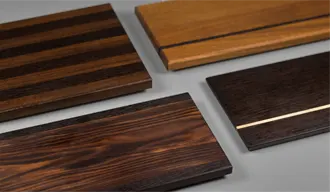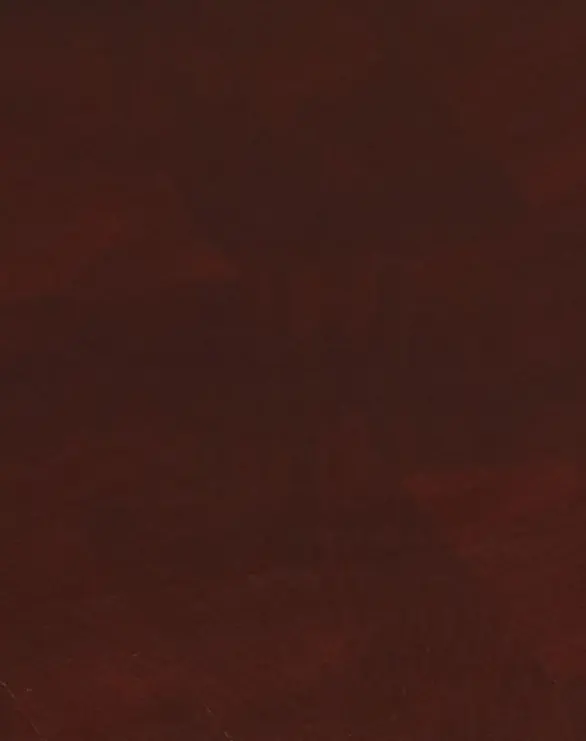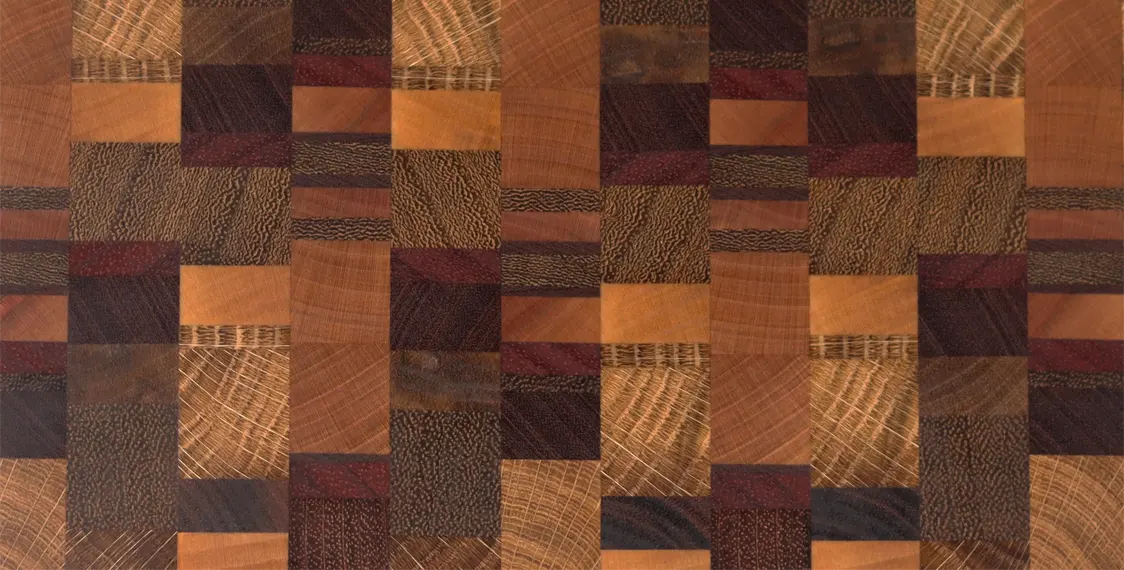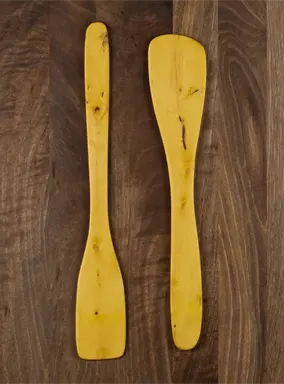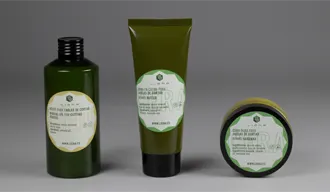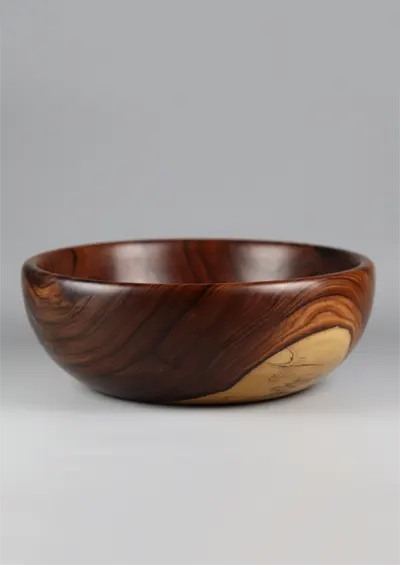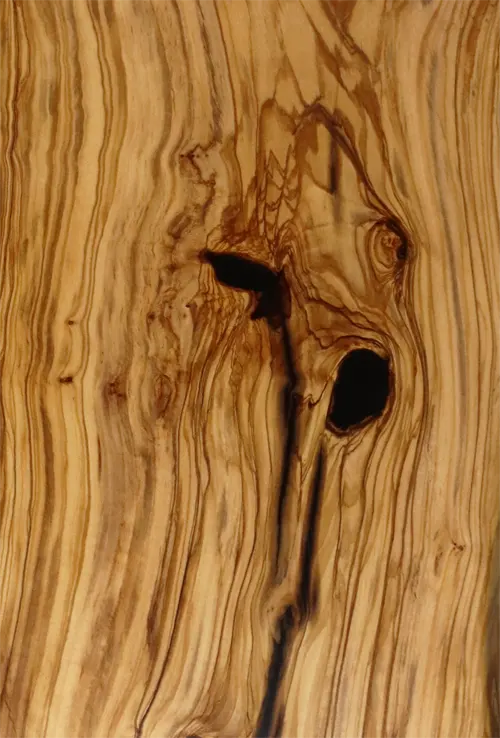Healthiest Cutting Board: Why End Grain Boards Are the Superior Choice
Introduction
When selecting the healthiest cutting board for your kitchen, the decision extends beyond food safety. The right board can reduce bacterial growth, protect your knives, and minimize cross-contamination.
Among the various options—plastic, bamboo, edge grain wood—end grain cutting boards stand out as the superior choice in both hygiene and longevity.
This article explores the key reasons why end grain is the healthiest cutting board solution, backed by material science, hygiene data, and expert recommendations.
What Makes a Cutting Board “Healthy”?
A cutting board contributes to health when it:
- Limits bacterial accumulation
- Is easy to sanitize and maintain
- Protects knife edges and doesn’t create harmful waste like microplastics
- Prevents deep scoring where pathogens hide
Wood, especially end grain cutting boards, meets these criteria better than alternatives.
Understanding End Grain vs Edge Grain vs Plastic
End Grain cutting boards, the Healthiest Cutting Board type
Cut perpendicular to the tree’s growth rings, end grain boards show the tops of wood fibers. These fibers act like a self-healing surface—when you slice, the fibers separate and then close back after the knife is removed.
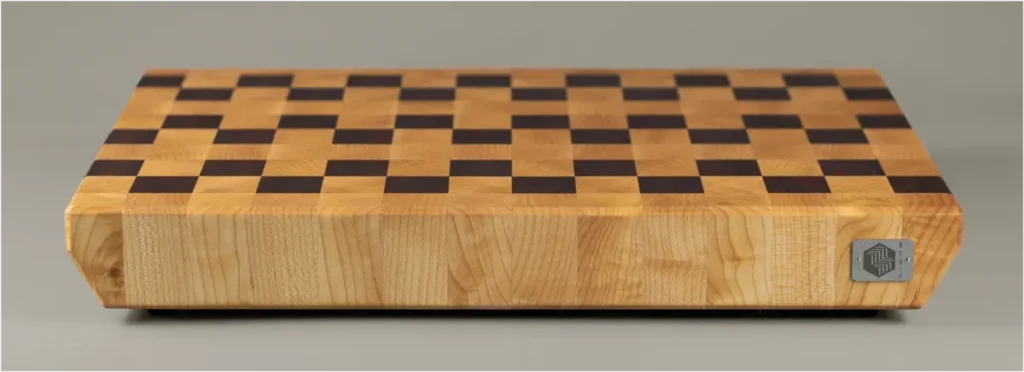
Face Grain and edge grain cutting boards
Cut parallel to the tree’s grain, edge grain and face brain boards are harder and more durable than plastic but don’t self-heal like end grain. Knife marks accumulate more over time.
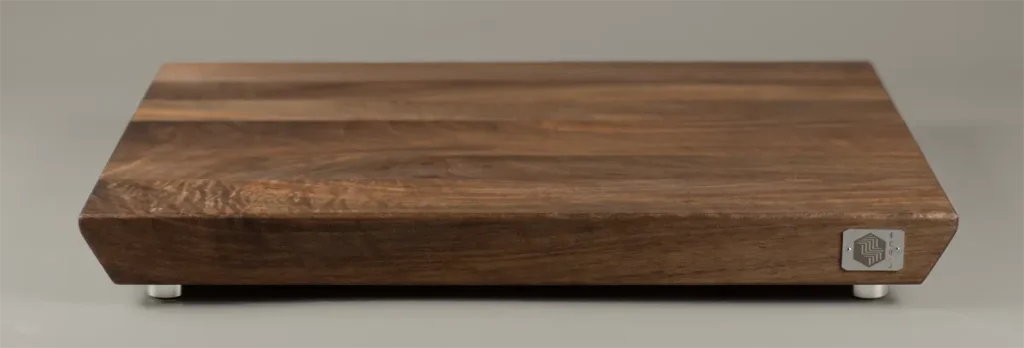
Plastic
Though popular for being dishwasher-safe, plastic boards develop deep grooves quickly. These micro-cuts harbor bacteria, and plastic particles can transfer to food when sliced on a worn surface.
Why End Grain Cutting Boards Are the Healthiest Option
1. Self-Healing Surface
End grain boards allow the wood fibers to separate when cut and then “close” back, limiting permanent grooves. This reduces the surface area where bacteria can settle.
2. Knife Preservation
Healthier cooking includes tool hygiene. Dull knives lead to more forceful cutting, increasing injury risk. End grain boards are the gentlest on blades, extending knife life.
3. Naturally Antibacterial Properties
Hardwoods like maple, walnut, and oak have inherent antibacterial compounds (e.g., tannins). When used as end grain, the dense surface combined with closed pores inhibits bacterial survival.
4. Reduced Particle Shedding
Unlike plastic, wood does not shed synthetic micro-particles into food. Wood cutting boards have been shown in studies to harbor fewer pathogens than plastic equivalents when properly cleaned.
5. Longevity and Less Replacement Waste
End grain boards are more durable. While expensive initially, they reduce waste by lasting for decades with proper care, minimizing your environmental and microbial footprint.
Best Wood Types for End Grain Cutting Boards
The healthiest end grain boards are made from closed-grain hardwoods. The top choices include:
- Hard Maple – Tight grain, low porosity, high durability.
- Walnut – Moderate hardness, gentle on knives, deep dark colours. Very expensive.
- Cherry – Self-sealing and light for daily use. Best for japanese knives.
- Oak – Needs sealing more often but high in natural tannins so it kills bacteria easily. Quite a Heavy wood.
Technical Comparison Table
| Wood Type | Janka Hardness | Grain Type | Knife-Friendliness | Antibacterial Capacity | Best For |
|---|---|---|---|---|---|
| Hard Maple | ~1,450 lbf | Very fine, closed | High | High | Universal kitchen use |
| Walnut | ~1,010 lbf | Fine, closed | Very High | Moderate | Prep + presentation |
| Cherry | ~950 lbf | Fine, closed | Very High | Moderate | Light everyday use |
| Oak | ~1,360 lbf | Open-pore | Medium | Very High (tannins) | Heavy-duty prep |
Maintenance for Hygiene
To keep your cutting board healthy:
- Oil regularly (monthly) with food-safe mineral oil and seal with board wax
- Sanitize occasionally with diluted vinegar or lemon + salt
- Avoid soaking; always hand wash and dry immediately
- Use both sides to extend life and distribute wear
Myths About Cutting Board Safety
Myth: Plastic is safer than wood
Reality: Plastic harbors more bacteria in knife grooves. Wooden boards (especially end grain) can kill off bacteria naturally.
Myth: Dishwasher-safe means more hygienic
Reality: Heat can warp plastic and split wood. End grain boards must be hand washed but resist bacteria naturally.
Conclusion: Choose End Grain for the Healthiest Cutting Board
If you’re serious about hygiene, sustainability, and preserving your tools, end grain cutting boards made from closed-grain hardwoods are the healthiest option.
They offer superior durability, natural antimicrobial protection, and unmatched surface performance. While they require more investment and care, the returns in food safety and longevity are well worth it.
FAQ about the Healthiest Cutting Board
Why are end grain cutting boards considered healthier?
End grain boards have a self-healing surface that limits bacterial retention. The wood fibers close after cuts, preventing deep grooves and making cleaning more effective.
Is it true that wood can kill bacteria?
Yes, especially hardwoods like maple and oak. Studies have shown wood surfaces can inhibit bacterial growth better than plastic due to their low porosity and tannin content.
Can I use both sides of an end grain cutting board?
Yes, alternating sides reduces wear and prevents warping over time. It also helps you maintain a cleaner, more balanced surface.
Are end grain boards more expensive?
Typically yes, due to their complex construction. However, they last much longer and offer better hygiene and knife preservation, making them cost-effective over time.
Do I need to oil my cutting board even if it’s end grain?
Absolutely. Regular oiling prevents drying and cracking. It also maintains the board’s natural antimicrobial properties and water resistance.
What’s the best oil for maintaining cutting boards?
Use food-safe mineral oil or specialized butcher block conditioners. Avoid olive or vegetable oil as they can go rancid.
Can I put an end grain board in the dishwasher?
Never. Dishwashers destroy the structure of end grain boards. Always wash by hand and dry immediately.
Is teak a good option for end grain boards?
Yes, teak resists moisture well but may dull knives faster due to silica content. It’s excellent for high-moisture environments. Now a days real teak wood is almost imposible to find.
How can I tell if a board is end grain?
Look for a checkerboard pattern or exposed “caps” of the wood grain. The surface should look like a cross-section of tree rings.
Otras entradas del blog
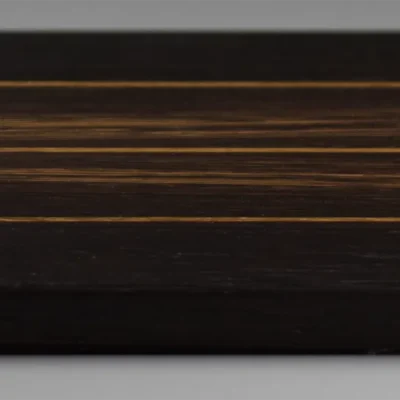
Wooden Sushi Boards: A Complete Guide to Authentic and Elegant Presentation
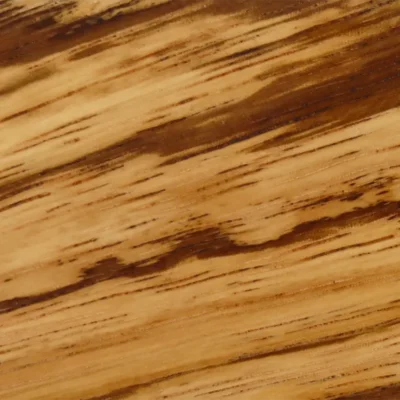
Zebrano Wood: Uses and Characteristics
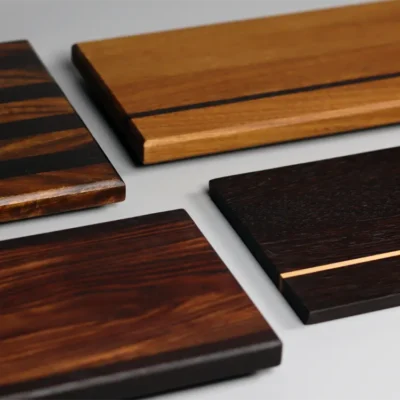
What is the best wood for cookware?
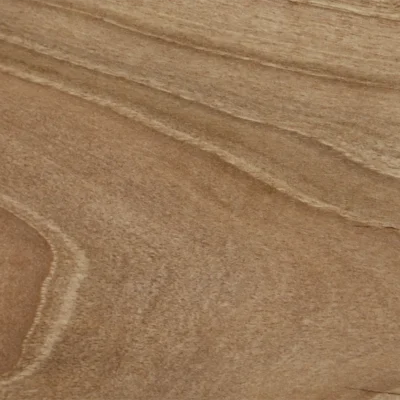
Walnut Wood: Uses and Characteristics
Nuestras tablas de cortar:
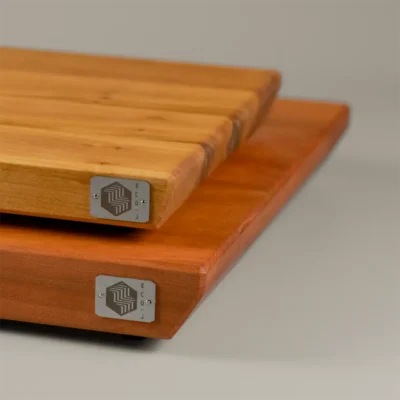
Linea
Cherry cherry cutting board
Linea
Cherrycherry cutting board
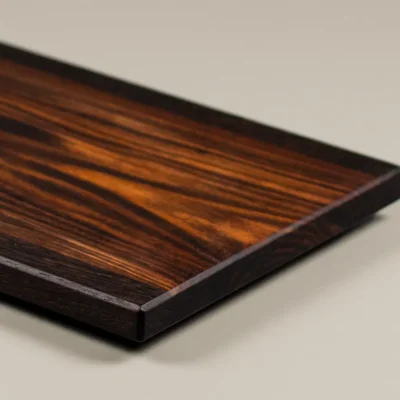
NUBILA
wooden cheese board
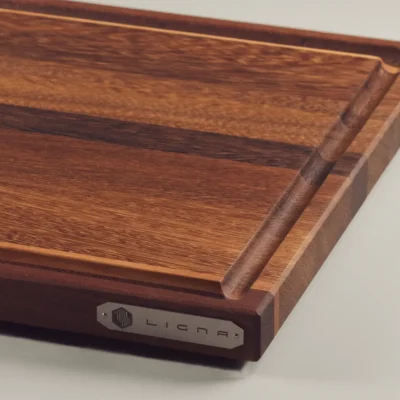
Chroma
large carving board
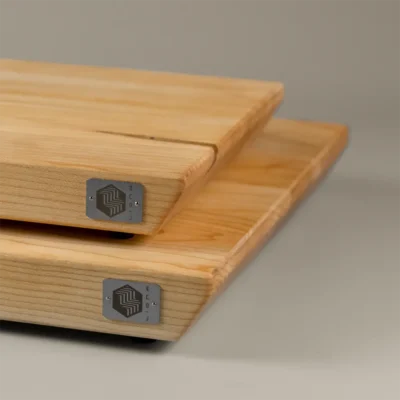
Linea
Maple grain maple board
Linea
Maplegrain maple board
